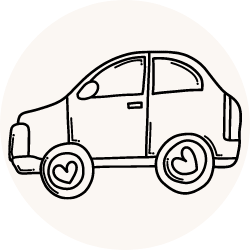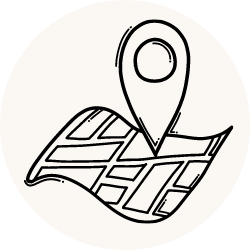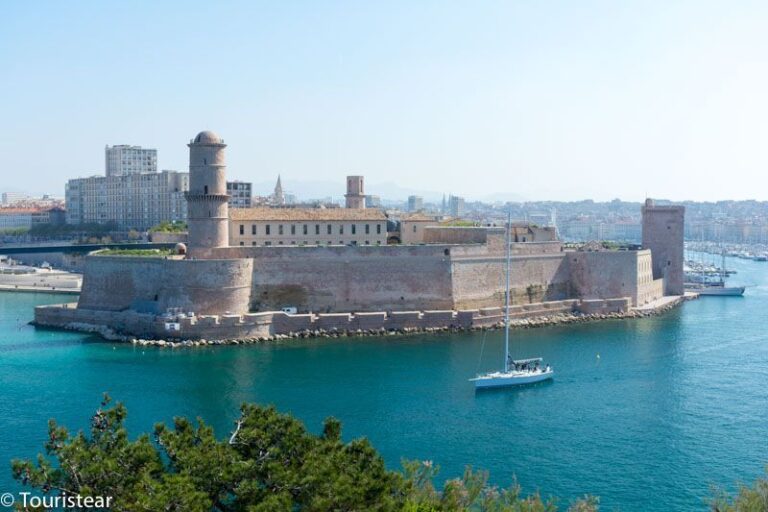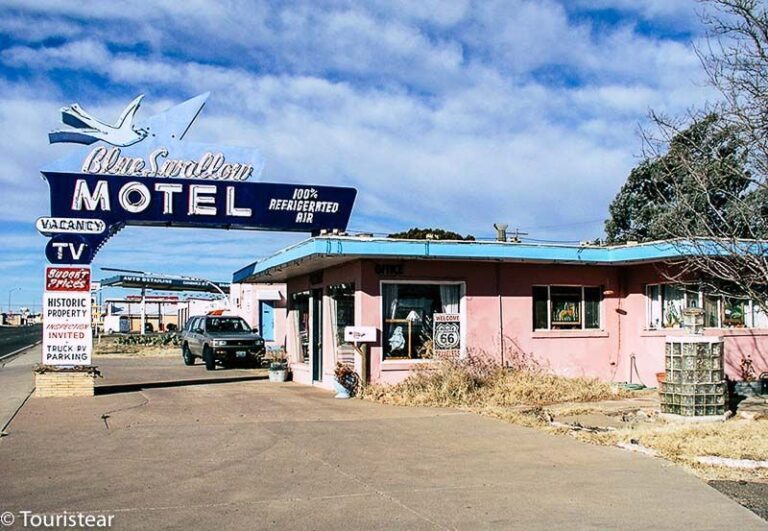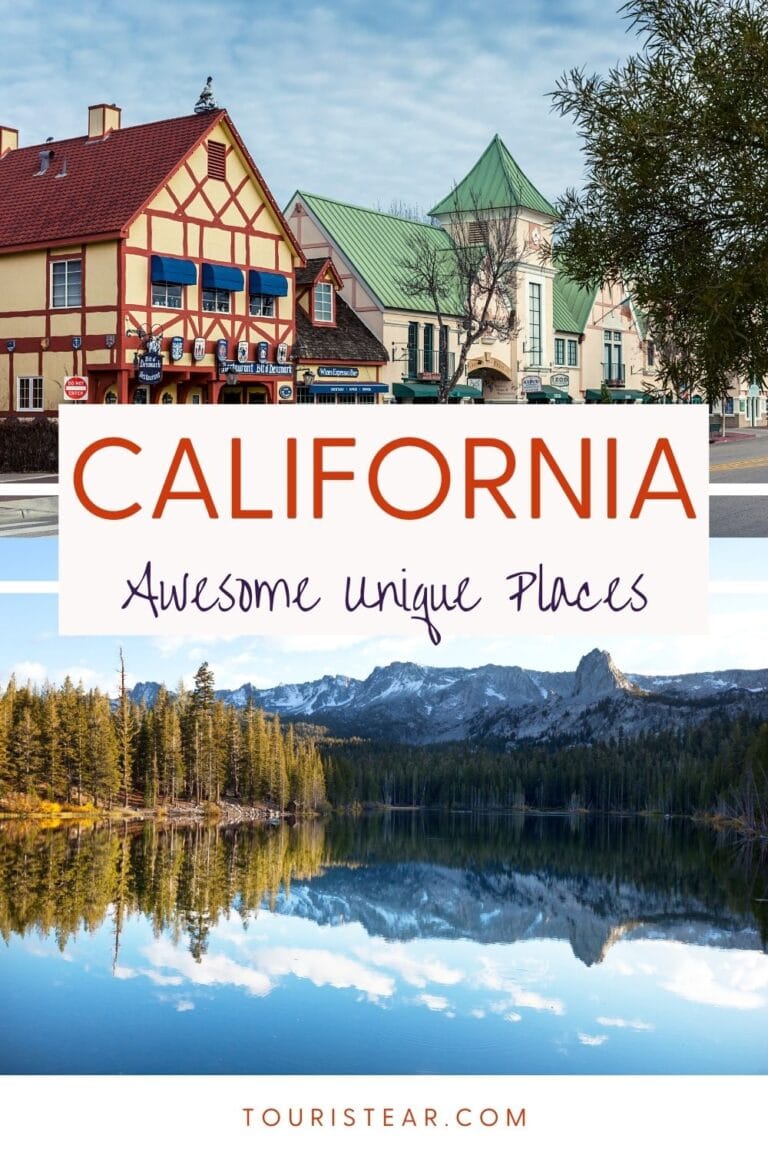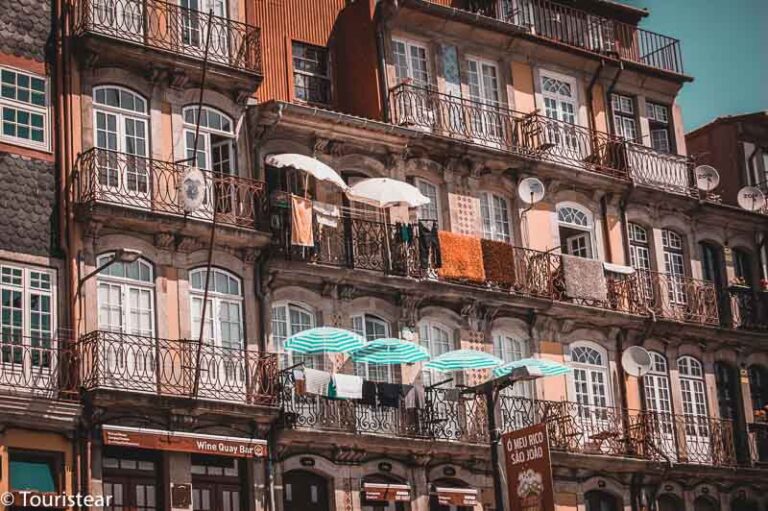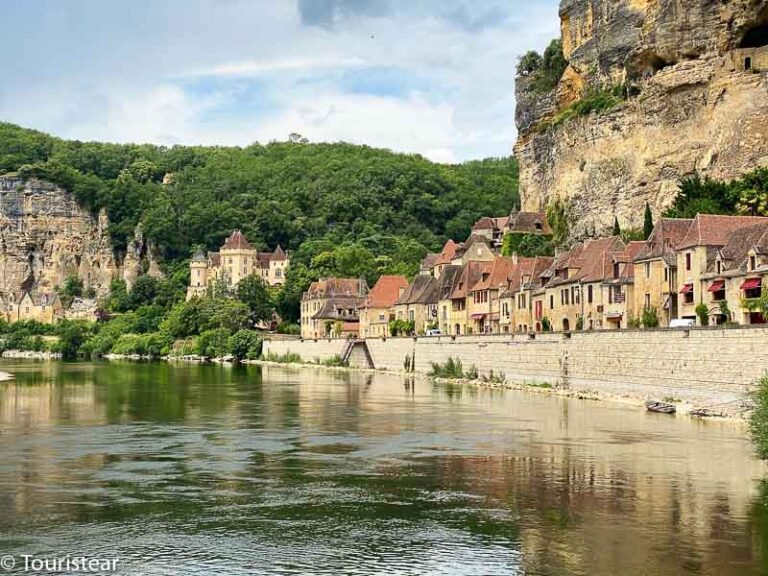How to Plan a Road Trip to Portugal, The Easy Way
If you are planning a trip to Portugal by car is an excellent option to enjoy the beauty of the country at your own pace. Driving in Portugal is relatively easy, and there are many car rental options.
However, it is important to plan your trip to ensure that everything goes smoothly.
Before going out on the road, it is important to consider some important aspects. For example, you should know the traffic regulations in Portugal and the requirements for driving in the country.
In addition, you should plan your route in advance, considering the places you wish to visit and the driving times between them.
It is also important to consider the weather and the season in which you are traveling, as this can affect road conditions and the availability of accommodation.
- Rent a car in advance
- Book your travel insurance and get a 5% discount
- Road trip Portugal in 15 days (Ultimate Itinerary)
- Check Out: How to Save Money On A Road Trip: 8 Tips
Best Time to Travel to Portugal by Car
Portugal is a popular tourist destination all year round, but the best time to travel by car depends on your preferences and needs.
Here are some recommendations to plan your car trip to Portugal at the most suitable time for you.
Spring and Fall
Spring (May and June) and autumn (September and October) are the best seasons to travel to Portugal by car.
Temperatures are pleasant, there is less tourism than in summer and prices are lower. In addition, the landscapes are full of flowers and colors in spring, and in autumn the vineyards are in full harvest.
If you prefer summer, keep in mind that this is the high season and roads can be congested, especially on the coast. Temperatures can be very high, but you can also enjoy the beaches and the festive atmosphere of the coastal towns and cities.
In winter, temperatures can be cool and it rains frequently, but you can also enjoy the tranquility of the inland towns and cities, as well as the snow in the mountainous areas of the Serra da Estrela.
In summary, the best time to travel to Portugal by car depends on your personal preferences.
If you want to avoid crowds and high prices, we recommend traveling in spring or autumn. If you prefer summer, remember that this is the high season and you will have to be patient with traffic, especially in the Algarve area.
And if you like winter, you will enjoy the tranquility and snow in the mountainous areas.
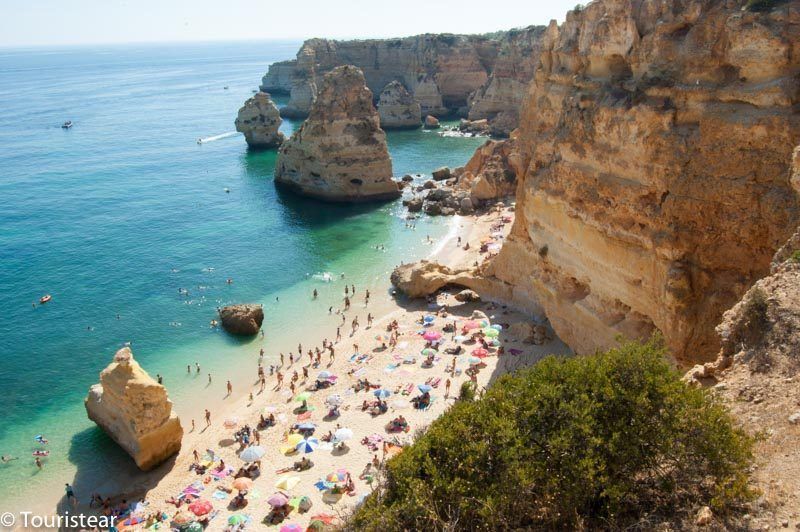
Popular Itineraries
Portugal is a country full of wonderful places to visit by car. Here are some of the most popular routes and stops:
- Alentejo Route: If you are looking for a more relaxed route, we recommend this option. From Lisbon, you can go to Évora and visit places like Elvas or Monsaraz. You can also enjoy the Alentejo coast.
- 15-day circular route: This route will take you through some of the most impressive places in Portugal. Read our Portugal North to South itinerary from Madrid.
- Route through the north of Portugal: If you want to discover the north of Portugal, this route is for you. It starts in Porto and head to places like Guimarães, Braga and Viana do Castelo. Don’t miss the Peneda-Gerês National Park.
- Route through the center of Portugal: This route will take you through some of the most emblematic places in Portugal. Start in Lisbon and head to places like Coimbra, Fátima and Tomar. Don’t miss Coimbra’s impressive library.
Remember that these are just some of the options available. If you have time, we recommend you explore Portugal at your own pace and discover amazing places on your own.
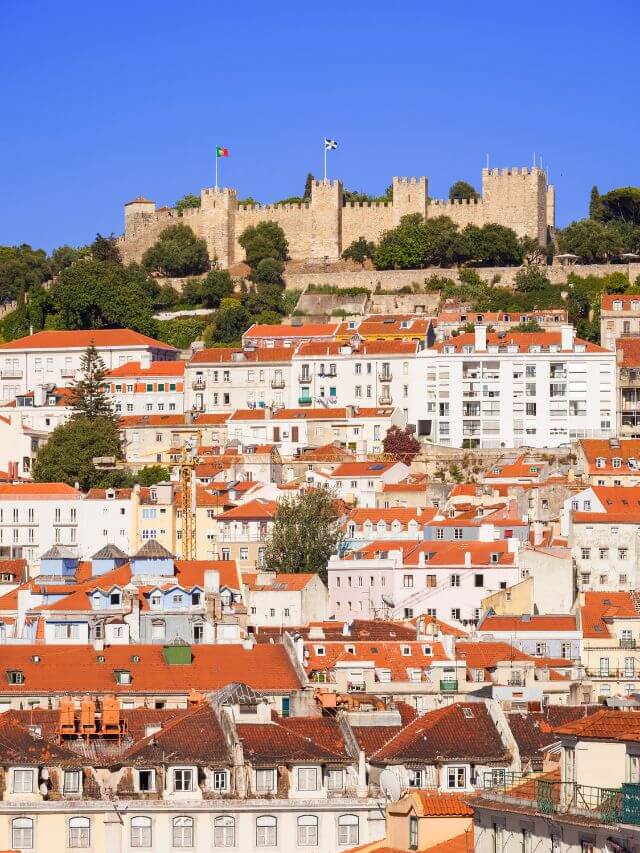
Documentation and Requirements
If you are planning a car trip to Portugal, it is important to make sure you have all the necessary documentation to be able to cross the border. The following are the requirements you must meet:
- Driving license: you will need a valid driving license to drive in Portugal. If your driving license is from the European Union, you will have no problem. If your driving license is from a non-EU country, it is advisable to check with the Portuguese embassy in your country to see if you need a special permit.
- Automobile insurance: it is mandatory to have automobile insurance to be able to drive in Portugal. If you have car insurance in your home country, it is advisable to check with your insurance company to see if you are also covered in Portugal. If this is not the case, you must take out specific car insurance for Portugal.
- Identity documents: if you are a citizen of the European Union, you can enter Portugal with your ID card or passport. If you are a citizen of a non-EU country, you will need a passport and, in some cases, a visa. Check with the Portuguese embassy in your country to find out what the necessary requirements are.
It is important that you carry with you the original documents and, if necessary, the corresponding copies. This way, you can avoid any kind of problem in case you are asked for them at a roadblock or at the border.
In short, to travel by car to Portugal, you will need a valid driving license, car insurance and the corresponding identity documents. Make sure you have everything in order before starting your trip so that you can enjoy your experience to the fullest.
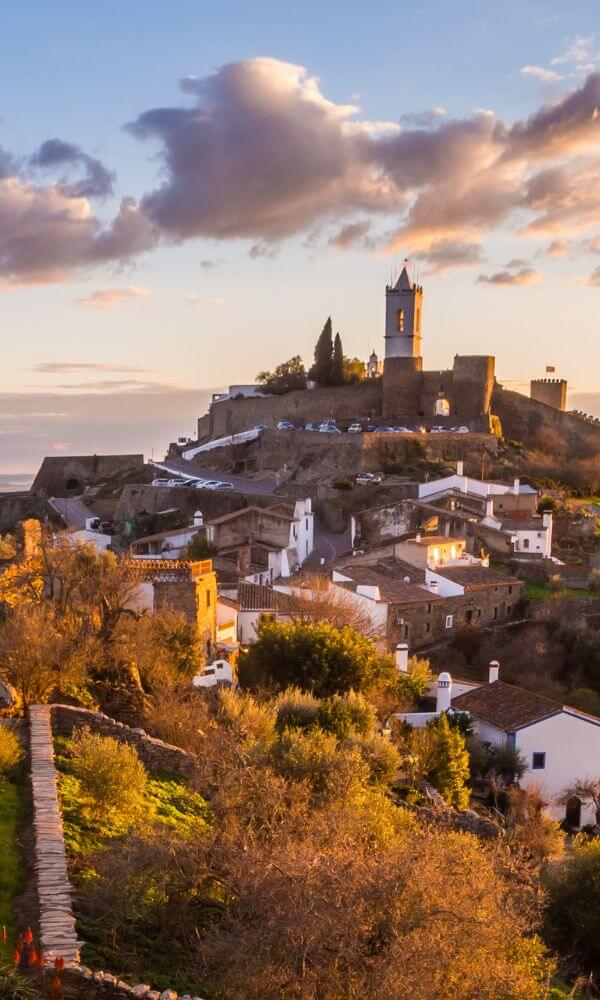
Budget and Lodging
Plan a car trip to Portugal can be exciting, but it can also be expensive. It is important to establish a budget for the trip and consider the costs of lodging, transportation, food, and tourist activities.
To get an idea of accommodation costs, hotel and apartment booking websites, such as Booking, can be consulted.
An economical option for lodging is camping in campgrounds. Portugal has a large number of campsites in different tourist areas. The official website of campsites in Portugal can be consulted to find options and prices.
In addition, it is important to note that some accommodations offer discounts if you book in advance or if you book for several consecutive days. Special offers are also available during low season.
Make a list of the activities you want to do, for example, rent a kayak, take a guided tour, visit a museum, etc. Then look them up online, note prices and make reservations in advance.
Regarding food, in Portugal you can eat very well for a very good price. In general, prices are lower than in Madrid. But of course, it depends on the category of the place.

Tips for Driving In Portugal
If you are planning a car trip to Portugal, it is important to take into account some recommendations for driving in the country. Here are some tips:
- Fill the tank before crossing the border if you are coming by car from Spain. Gasoline prices are higher in Portugal.
- The speed limit is 120 km/h on highways, 100 km/h on expressways and 50 km/h in urban areas.
- As in Spain, it is mandatory to carry a reflective vest and warning triangles in the vehicle.
- In Portugal, tolls are electronic and cannot be paid in cash. If you do not have an electronic device, you can opt for a prepaid solution or pay online at a later date.
- At traffic circles, drivers who are already inside have preference. Those who want to enter must give way (attention Argentine readers).
- Some roads can be narrow and winding, especially in rural areas. Drive with caution and keep a safe distance.
- If, at the beginning of a road, it tells you it’s in bad shape, I guarantee it will be in bad shape at some point.
How to Use Portugal’s tolls: Practical Guide for Drivers
If you plan to drive in Portugal, it is important that you know how to use the tolls on the country’s roads.
Tolls are an integral part of the Portuguese road network, and can be a bit confusing for travelers unfamiliar with them.
There are several types of tolls in Portugal, from traditional barrier tolls to electronic tolls.
Electronic tolls are the most common way to pay tolls in Portugal, and are used on most of the country’s roads.
Electronic tolls work through the use of an electronic device called “Via Verde”, which is placed on the windshield of the vehicle.
Here’s everything you need to know about how to use tolls in Portugal.
Types of Tolls In Portugal
In Portugal, you have 3 types of roads: no toll, manual toll and electronic toll. Each of them works differently and it is important to know them before traveling to avoid fines and problems.
Road Free of Charge
In Portugal, several roads do not have tolls. These roads are known as “principal routes” or “complementary routes” and are identified by the letter “IP” or “IC” followed by a number.
These roads are a good option for those who wish to avoid tolls. They are also perfect for when you want to be able to take a detour or travel at your own pace and stop in the towns you see.
Keep in mind that these roads are slower and sometimes not in the best conditions.
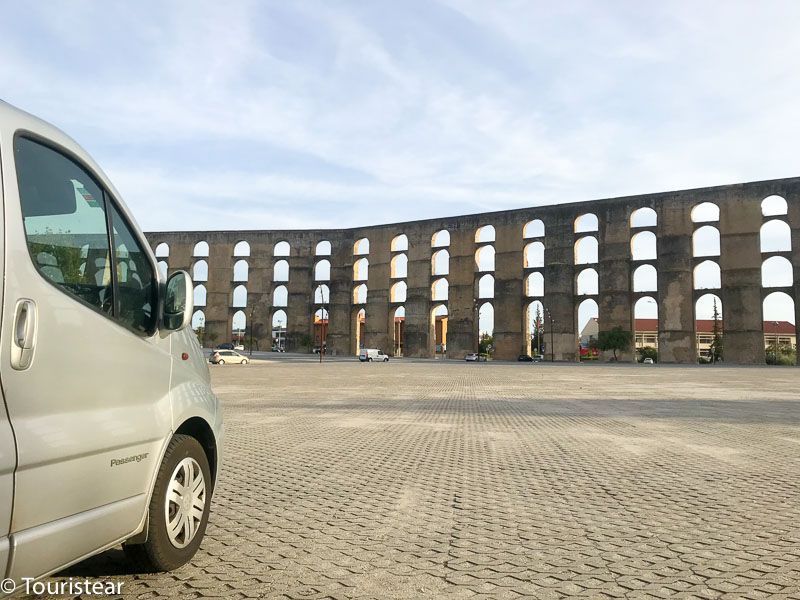
Manual Toll
Manual tolling is the traditional type of tolling in Portugal. It works by installing roadside barriers where drivers must stop and pay by cash or card. These barriers are identified by the letter “V” followed by a number.
It is important to note that some barriers only accept coins, so it is advisable to carry change. It is also possible to pay at gas stations near the highway.
This type of toll has practically disappeared, giving way to electronic tolls.
Electronic Tolling
Electronic tolling is the most modern and efficient system in Portugal. It works by installing electronic devices in vehicles, which are automatically registered as they pass through toll stations.
These stations are identified by the letter “A” followed by a number.
There are two types of electronic devices: the EasyToll device and the Via Verde device. The EasyToll device is the most popular choice for tourists, as it is easy to use and does not require prior registration.
The Via Verde device is most commonly used by residents of Portugal.
It is important to note that if you use electronic tolling and do not have the proper device, you may incur fines and additional charges. To avoid this, you have to register your credit card or make the payment online.
How to Pay Tolls in Portugal
If you travel by car in Portugal, you will find tolls on the highways. There are different methods to pay them, so it is important to know them before starting your trip.
One way to pay tolls in Portugal is through the electronic toll system, which is known as Via Verde.
This system uses a device that is placed on the windshield of the car and communicates with the toll barriers automatically. To use this system, it is necessary to register with Via Verde and purchase the corresponding device.
Another option is to use the prepaid card issued by Correios, which can be purchased before the trip. This card is recharged with a certain amount of money and is used to pay tolls on Portuguese highways.
If you prefer not to use any of these systems, once you cross the border between Spain and Portugal, before entering the toll road you have a detour. Here you have to enter your credit card information and as you cross the tolls your card will be charged.
The only thing is that you will not be able to control at the moment how much you are spending on tolls.
When renting a car in Portugal, you don’t have to worry, as you will have the toll collection system installed. Talk to the person who delivers the car to make sure and to remove all doubts.
- Read: What to see in Lisbon
- Read: What to see around Lisbon
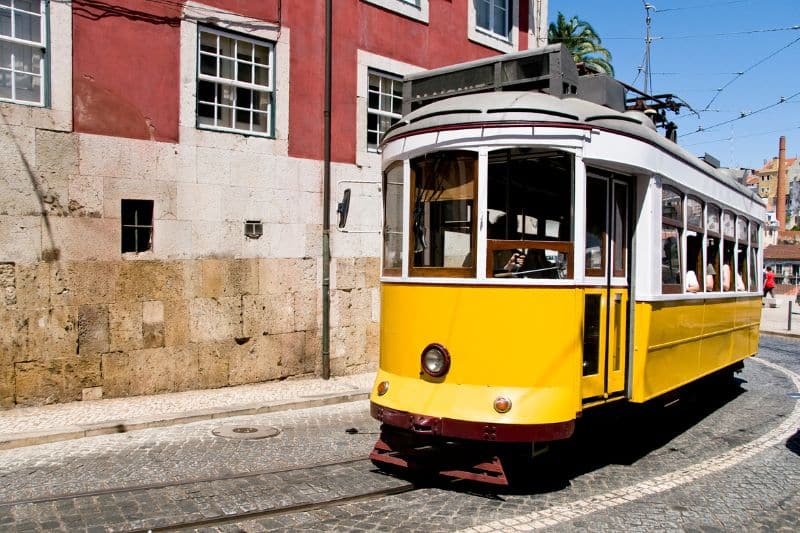
Tips for Using Tolls in Portugal
- Before starting your trip, make sure you have enough money on your debit card or a credit card to pay the tolls.
- If you plan to use toll roads frequently, you can obtain an electronic card called Via Verde, which will allow you to pass through the tolls without stopping.
- If you do not have Via Verde, you should look for signs indicating the manual payment lane. Make sure you have cash or credit card ready to pay.
- If you get in the wrong lane and end up in an electronic toll lane, don’t worry. You can pay electronic tolls online within 5 days after using the highway.
- If you have any doubts about how to use the tolls in Portugal, do not hesitate to ask the employees of the service stations or other drivers.
Travel Insurance for Portugal
Portugal is a safe place to visit in Europe. We have visited it on several occasions. Sometimes on short getaways, but also on trips with the van or by car.
Depending on where in the world you are coming to Portugal from, you will need travel insurance or a European card may be sufficient.
International travel insurance is a must on my trip anywhere, even to the safest places. Travel insurance is not only in case your luggage is lost or stolen, but also for health care, for not having to advance money, etc.
I feel more comfortable traveling with insurance, and you probably do too. Take a look here, you’ll see that it’s cheaper than you can imagine, plus, you have a 5% discount.
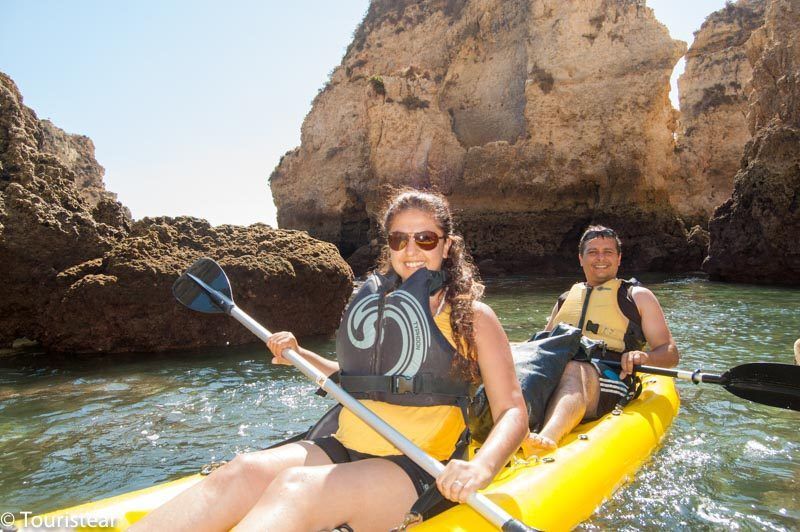
Currency Exchange and Traveler’s Card (Wise)
If you are coming from outside the Euro zone, you will need to exchange currency during your trip to Portugal. One option may be to pay for everything by credit card, but in many cases you will need cash.
For example for tipping, shopping at flea markets, parking meters, etc.
We use the Wise card. It is a card with which you can withdraw money from ATMs with the best exchange rate in the market, you can also pay, since it works as a debit card.
Take a look here. It’s free to create an account.
Learn Some Phrases and Greetings in Portuguese
Learning a few phrases in the language of the country you are traveling to is always a good idea. You can buy a phrasebook but I also recommend having your phone’s translator at hand.
If you are coming from abroad and need internet, take a look at this eSim.
Here are some basic phrases. To hear how to say them, put them in google translator and click on the speaker symbol.
- Hey there! = Alô / Olá / Oi!
- Good morning = Bom dia
- Good afternoon = Boa tarde
- Good night = Boa noite
- Farewell! = Adeus!
- Thank you = Obrigado/a
- Thank you very much = Muito obrigado/a
- You are welcome = You are welcome
- Permission = Com licença
- Please = Please
- No entiendo = I don’t understand = Não entendo
- Yes = Sim
- No = No
- How can I get to…? = Como posso chegar até…
- Centro ciudad = City center = Centro da cidade
- Is it near/far away? = Fica perto/longe?
- Left = Esquerda
- Right = Direita
- Where is the bathroom? = Onde é o banheiro?
- What is the name of this street? = Qual é o nome dessa rua?
- How can I get to the train station/airport? = Como posso ir para a estação de trem / o aeroporto?
Conclusion
In summary, planning a car trip to Portugal can be a wonderful experience if some important aspects are taken into account. Knowing the traffic laws and safety requirements is essential to avoid fines and accidents.
In addition, it is important to be aware of tolls and payment methods to avoid unpleasant surprises during the trip.
Portugal is a country with many tourist sites to visit, so it is important to plan the route and the places you want to visit in advance.
It is also recommended to consider the weather and the tourist season to avoid crowds and better enjoy the trip.
Finally, it is important to carry the necessary documents, such as your driver’s license and vehicle documentation, and to have travel insurance to cover possible unforeseen events.
Enjoy an unforgettable trip to Portugal. It is a beautiful place.
Plan Your Trip to Portugal
- Day trips near Lisbon
- 15 days of Road Trip in Portugal
- What to do and visit in Porto?
- Aveiro, in 1 day
- What to see in Guimaraes?
- Algarve beaches
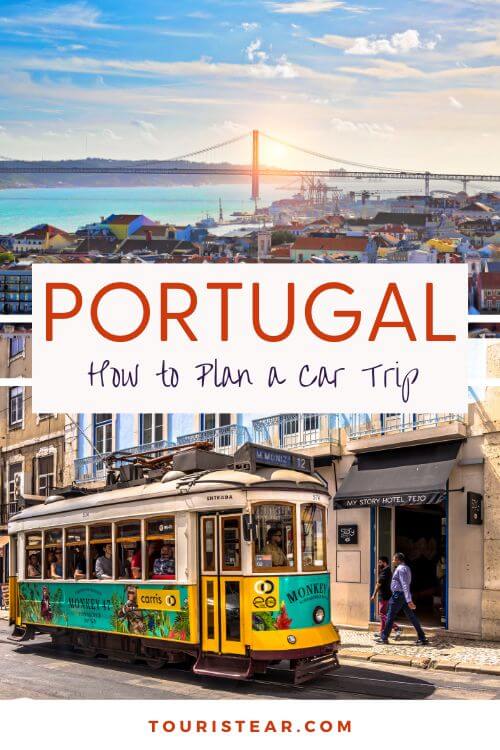
Last Updated on 7 September, 2023 by Veronica
Disclosure: Some of the links on this post are affiliate links, meaning at no additional cost to you, I may earn a small commission if you click through and make a purchase.
Author: Veronica
Vero, a seasoned traveler, has explored 25 countries and lived in five, gaining a rich perspective and fostering an infectious passion for travel. With a heart full of wanderlust, Vero uncovers the world’s hidden gems and shares insights, tips, and planning advice to inspire and assist fellow adventurers. Join Vero and let the shared passion for travel create unforgettable memories.





